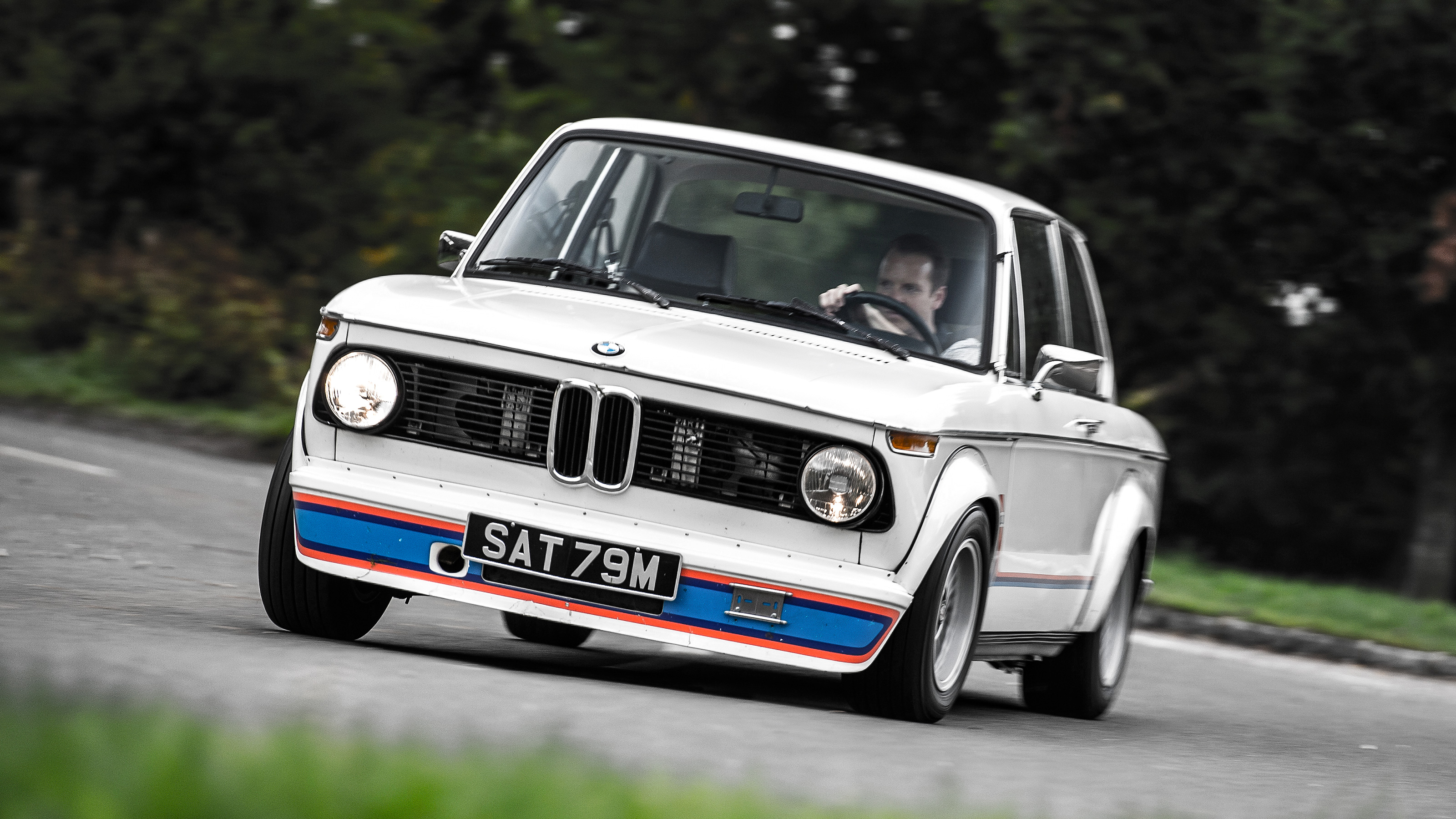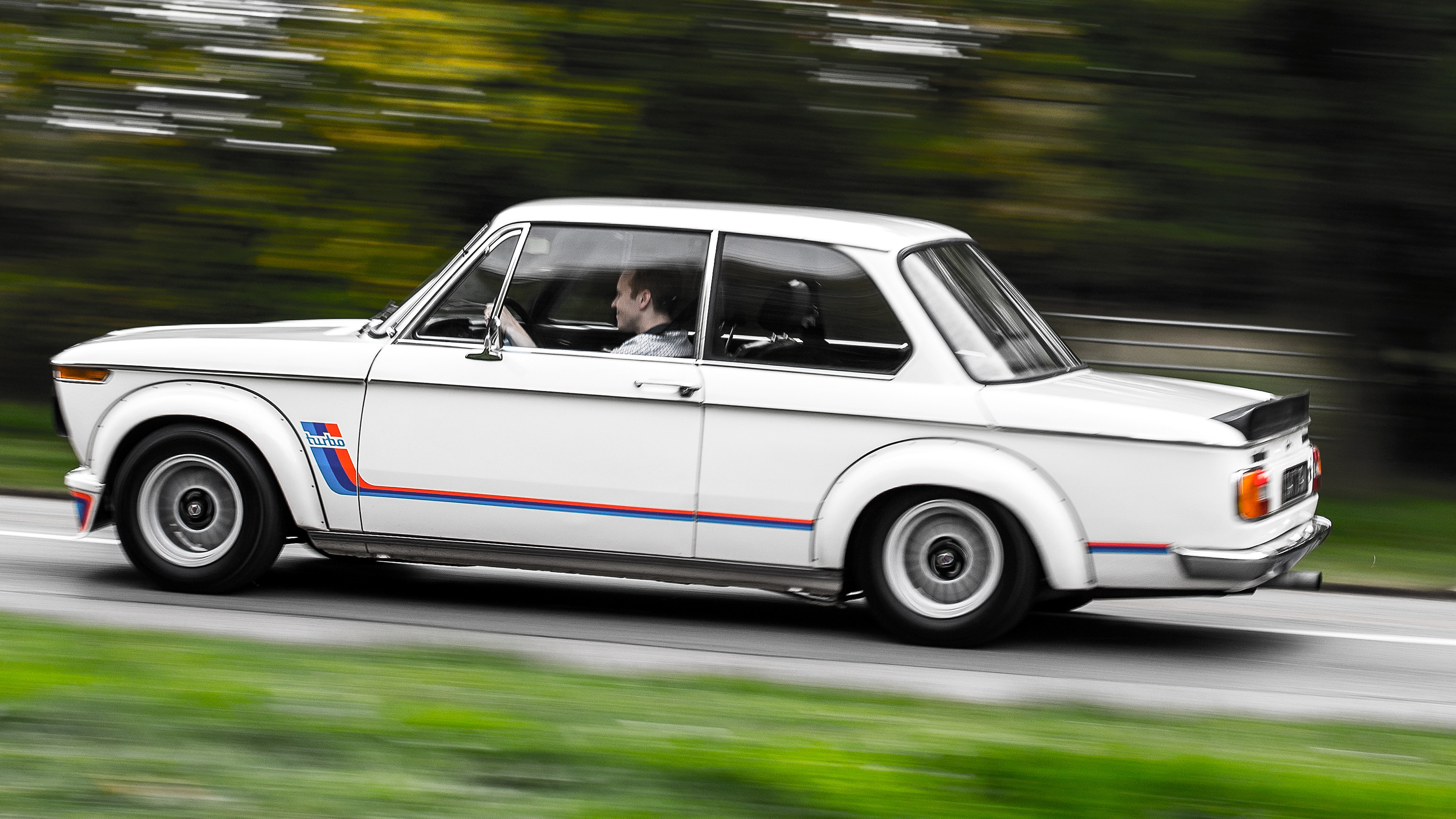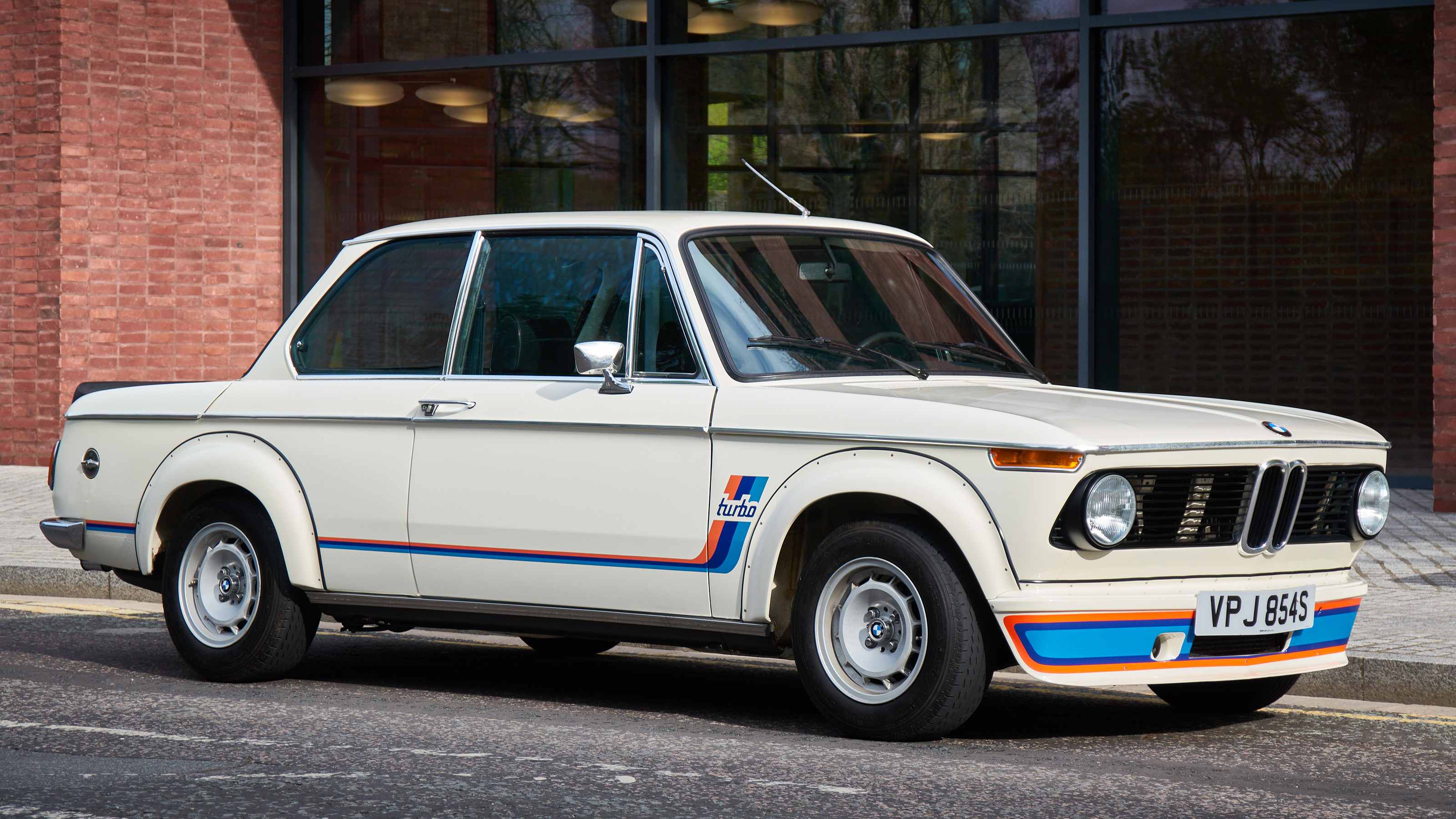
BMW 2002 Turbo review
Good stuff
M-car Genesis, looks like a hot-rod, goes like one… eventually
Bad stuff
Demands real concentration, expensive, maintenance is tricky
Overview
What is it?
BMW was always an engine innovator, and this is the first European turbocharged road car. It had a pretty lairy reputation in its day, but we're here to see what it's like through a contemporary lens.
It's vanishingly scarce. BMW made a scant 1672 of them, between early 1974 (it was shown at Frankfurt in autumn ’73) and the close of play in mid 1975. They were all left-hand drive, but you could buy it here for £4,220. This one belongs to BMW UK.
The Turbo was a development of BMW's ultra-successful 02 series, their first two numerals showing their engine capacity: 1602, 1802, 2002 and the injected 2002 tii.
By the way, the US built turbos first, with the Chevy Corvair flat-six and Oldsmobile Rocket V8 engines from 1962. But the BMW beat the Saab 99 Turbo and Porsche 911 Turbo.
BMW's one has an overhead camshaft – just the one mind – and fuel injection. Boost was limited by a simple pop-off valve downstream of the turbo. It lacks today's intercoolers and bypassing wastegate and variable valve timing. All of which shows in the… [wait for it…] lag.
Why such a rarity?
Because of depressingly repetitive world history. In the aftermath of the 1973 Yom Kippur or Ramadan War between a group of Arab nations and Israel, the Arab-led OPEC oil cartel cut exports to countries that had supported Israel. Immediately there was an energy crisis: Britain got a three-day week and Germany had a 100km/h Autobahn speed limit and an almost total car ban on weekends.
Not the ideal time to launch a car with spoilers, stripes, bulging arches and performance described by the press at the time as a 'kidney punch'.
The show car had the script '2002 turbo' in giant mirror writing on that front spoiler: get outta my way. BMW realised that might not be ideal for the social climate of the day and made the script optional. Literally a sign of the times.
Metaphorical signs of its era were other things that were only options: a five-speed gearbox (dog-leg first in this case), alloy wheels (still 13-inch) and a heated rear window. This example has them all. They weren't common even on sports cars back then.
But the basic bodywork is a bit pedestrian…
That's how it was in those days. Sports saloons were upright, boxy and small. Think type 105 Alfa Giulia, Saab 99, Triumph Dolomite, the first Audi 80.
Still, that means once you're inside and perched in your upright chair, it's like conducting a rather rapid fish tank. Visibility is superb thanks to pencil-thin pillars and the narrowness means it's a joy to thread down city streets and narrow B-roads.
It's also light: just 1,080kg. Yet, as is the way with those rivals, the metal feels solid and the doors shut with a reassuring clanging thud. Mind you those delicate pillars are warning you not to roll into a ditch.
So then, this turbo engine?
It's a primitive installation, with no modern lag-reducing features. So essentially it's two engines in one. The first is a smooth low-compression OHC job with injection for manners. That's with you until 4,000rpm.
Your other engine comes to play the turbo's alive and kicking. You've 170bhp, which isn't bad in such a lightweight. They quoted 0-60mph in just under seven seconds.
The famous bit is the transition between those states. You need to think waaay ahead. You're going to emerge from a corner in two seconds’ time? Put the kettle on now. It'll whistle when it's boiled.
At which point you're not exactly being punched in the kidneys, not by 2024 standards. But things are certainly getting busy.
Can the tyres cope?
It's a bad idea to set the turbo boost into negotiation with those skinny rear tyres half-way round a wet corner. At least it has a limited-slip diff. But in the dry, despite the reputation of semi-trailing rear suspension, it settles really nicely into a bend.
Going slowly it has a definite old-car vagueness, but push through that and the fun begins. Really it just wants to be doing something, anything: turning, braking, accelerating. Click this review's Driving tab for more.
What's the verdict?
It's horribly thin on the ground and has a reputation as a flawed car, but it's actually a lovely thing when working well. An active little terrier. It's a team game: you and it have to work together. You always need to be thinking ahead of it, but that's OK because it always keeps you in the loop. Classics are often like that, but the 2002's control and consistency – or in the case of the boost, consistent inconsistency – is much less common.
You might spot that this example has a numberplate from two years after the end of production. When new it was probably so hard to sell it languished out the back of a dealer. Yet now it's worth a fortune. That's despite the fact the 2002 Turbo is very much for advanced students only. It's a hard car to buy, to maintain and to drive well. Accomplish those and the rewards are big.
Plus there's the potent narrative: its backstory, its place in engine history and its role as a forerunner to the M-striped pantheon.
Featured

Trending this week
- Car Review
BMW iX3






